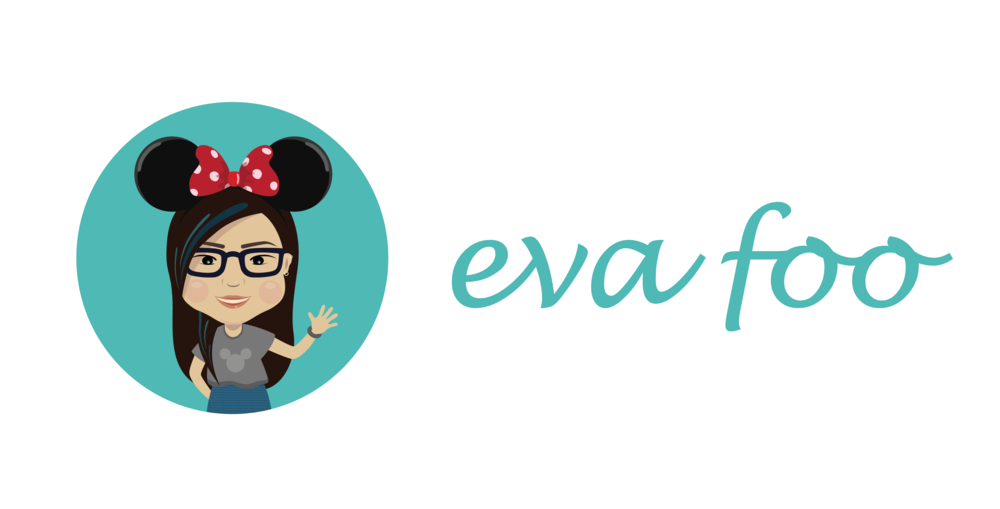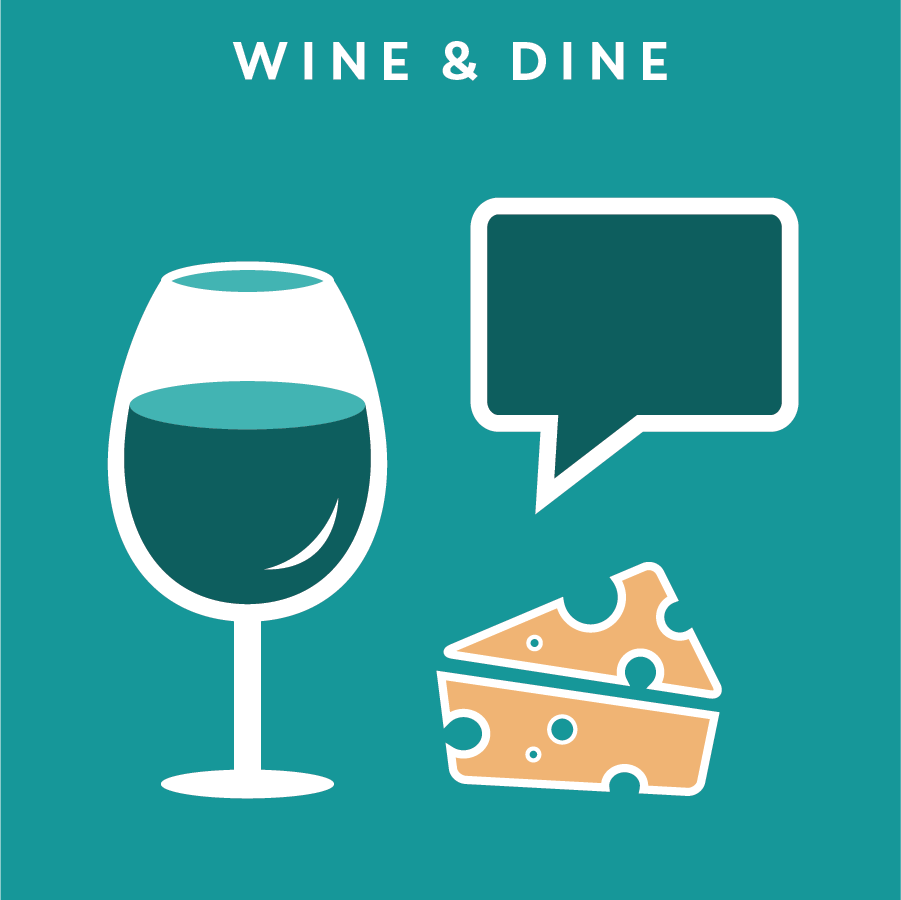A glimpse of my approach
And it's definitely not a linear process
Design thinking is a user-focused and action-oriented process used for innovation and to solve complex problems. It can be applied to many disciplines outside of design, and I am especially passionate about using it for user experience, event planning and brand strategy. The design thinking process used at Stanford's d.school consists of five steps: Empathize, Define, Ideate, Prototype and Test. After a few years of design experience, I have constructed my own version of a design thinking toolbox that works best for me.




























